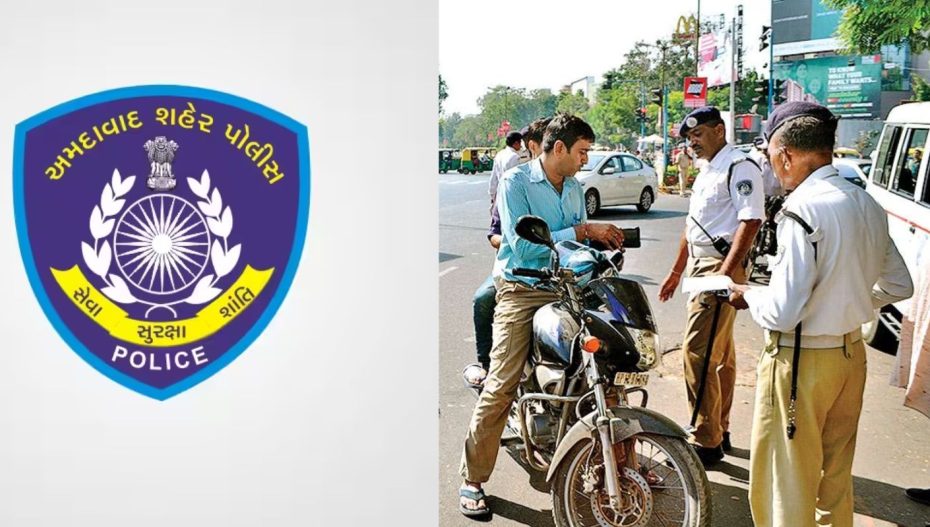Ahmedabad, India: The city’s ambitious plan to use AI-powered cameras for automatic e-challans against 34 traffic violations has been scaled back, focusing on just 20 for now. This comes after adjustments to the 2,552 cameras revealed limitations in their capabilities to detect certain behaviors.
The list of excluded offenses includes detecting passengers on bus footboards, overloading of auto rickshaws and four-wheelers, dark film usage on vehicles, and fancy number plates. Even overspeeding, initially thought to be a key target, has been shifted to an “optional” category where police can manually activate the e-challan function.
These changes are outlined in the recent Request for Proposal (RFP) for the city’s e-challan system upgrade. The final list of 20 offenses was finalized after extensive discussions between traffic police and the municipal corporation.
The absence of clear speed limit signs on many roads and rampant overspeeding violations were cited as reasons for keeping it out of the automatic detection system.
A new feature in the revised plan is a graphic user interface (GUI) and dashboard. This will give authorities greater control, allowing them to manually review and approve or reject generated challans.
Smart cameras will still offer valuable assistance through functionalities like identifying repeat violators at specific junctions, searchable databases by vehicle type and violation time frame, and even person searches based on descriptions or images. Additionally, the system can track flagged vehicles like stolen cars or those involved in suspicious activity across the city map with accompanying video feeds.
While the scaling back of automatic e-challan coverage might seem like a step back, the focus on core violations with enhanced control and data analysis capabilities presents a more practical and manageable approach for improving traffic safety in Ahmedabad.
Sabarmati Riverfront Activities Halted After Vadodara Tragedy. Read More













